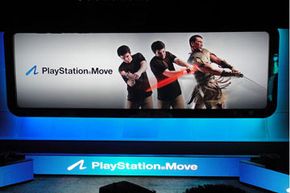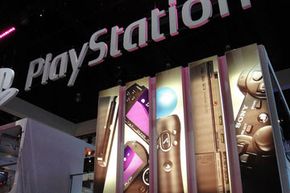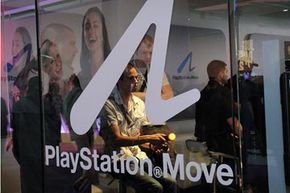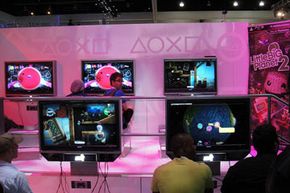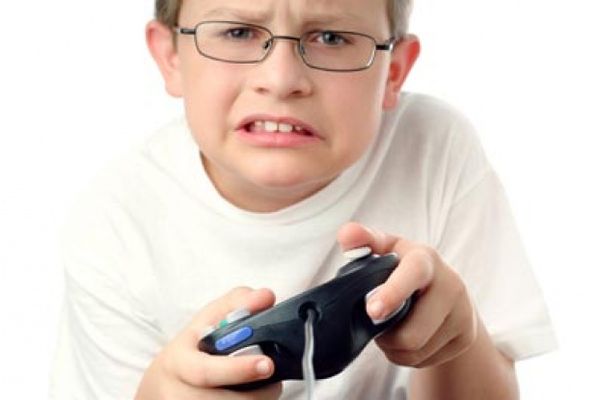Video games sure have changed a lot in the past 30 years -- but, strangely, the way we interact with them hasn't changed that much at all. In the 1980s, the Nintendo Entertainment System helped cement a control scheme that has endured to this day: a small controller, held in both hands, with one thumb resting on a cross-shaped control pad and the other hovering over a pair of raised buttons with A and B on them.
As games evolved, so did controllers. They added extra buttons for more actions, triggers for our index fingers to rest on and finally joysticks to better control 3-D movement. Ergonomically, controllers have differed quite a bit -- but when it came to functionality, they were about the same. That is, until the Nintendo Wii came along, reinvented the controller and sold boatloads of systems.
Advertisement
The Wii focused on controlling games with motion and pointing at the TV. Its controller looks far more like a television remote than a typical game pad, and this new form of control has helped Nintendo sell nearly 74 million Wiis worldwide between November 2006 and July 2010 [source: Alexander]. Sony and Microsoft have been scrambling to tap into the Wii experience -- but how do they beat Nintendo at its own game?
In September 2010, Sony launched its own motion control system, the PlayStation Move, compatible with its game console the PlayStation 3. Just like the Wii, the PlayStation Move comes with a pack-in sports game. Just like the Wii, the PlayStation Move controller looks a bit like a weird TV remote. Sony hopes a special camera and a unique system of 3-D positioning will help the PlayStation Move outmaneuver Nintendo. In this article, we'll explore how.
Advertisement
